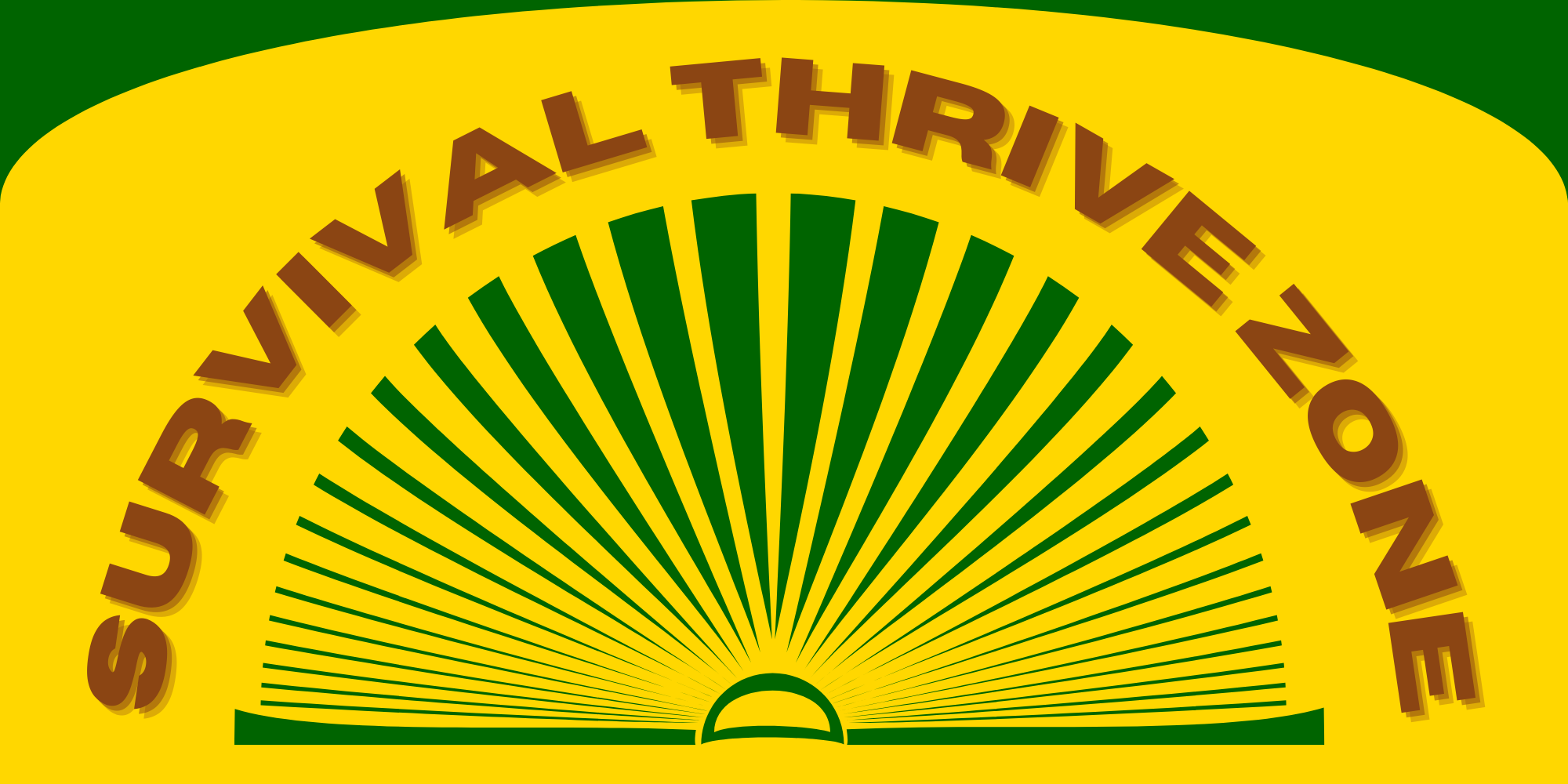In a survival scenario, knowing how to find food in the wild can mean the difference between thriving and merely surviving. The wilderness is teeming with edible plants that can provide nourishment when you need it most. In this essential guide, we'll equip you with the knowledge and skills necessary to identify and consume wild edibles for your survival.
The Vital Role of Wild Edible Plants
When you find yourself in a survival situation, wild edible plants become your lifeline. They offer sustenance, hydration, and essential nutrients that can keep you going when other food sources are scarce. Learning to identify these edible plants is a crucial skill that every survivor should possess.
Survival Foraging: Safety First
Survival foraging demands a different mindset compared to leisurely exploration. Here are some safety tips tailored to survival situations:
Positive Identification: It's imperative to be absolutely certain of a plant's identity before consuming it. A single misidentification can have dire consequences in a survival context.
Focus on Calories: In survival, you need calories for energy. Prioritize plants that offer a substantial caloric return for your efforts.
Nutrition vs. Toxicity: While calories are essential, also consider the nutritional value of the plants you find. Avoid plants that are known to be toxic, even if they offer calories.
Test Small Amounts: If you're unsure about a plant's edibility, start by consuming a small amount and wait for any adverse reactions before eating more.
Must-Have Survival Foraging Tools
To forage effectively in a survival situation, you'll need minimal tools:
Knowledge: Equip yourself with basic plant identification skills through field guides or training. Memorize the key characteristics of edible plants in your region.
Water Source: In many survival situations, finding water is even more critical than food. Know how to identify water sources and purify water for consumption.
Containers: Carry a small container or plastic bag to collect edible plants and any other resources you find.
Critical Wild Edibles for Survival
In a survival context, prioritize plants that provide both sustenance and hydration:
Cattails: These wetland plants offer edible shoots, roots, and pollen. Cattail roots can be a valuable source of carbohydrates.
Pine Trees: Pine needles can be used to make vitamin C-rich tea. Pine nuts, found in pine cones, are a good source of fat and calories.
Clover: Common and easily recognizable, clover leaves are edible and nutritious.
Acorns: While they require processing to remove bitterness, acorns are a reliable source of calories.
Chickweed: (Stellaria media): This common plant has tender, edible leaves and stems. It's a good source of vitamins and minerals.
Burdock: (Arctium lappa): The roots of the burdock plant are edible and can be cooked or eaten raw. They are rich in carbohydrates.
Plantain: (Plantago major): Not to be confused with the banana-like fruit, plantain leaves are edible and can be eaten raw or cooked. They are often used to soothe insect bites and stings.
Wild Onion: (Allium canadense): Wild onions have a strong onion flavor and can be used as a seasoning or eaten raw. They often grow in clusters.
Purslane: (Portulaca oleracea): This succulent plant is high in omega-3 fatty acids and can be eaten fresh in salads or cooked as a potherb.
Wood Sorrel: (Oxalis spp.): Wood sorrel has sour-tasting leaves and can be consumed in small quantities. It's a good source of vitamin C.
Wild Mustard: (Brassica spp.): Wild mustard leaves and flowers are edible. They have a spicy flavor similar to cultivated mustard greens.
Lamb's Quarters: (Chenopodium album): Also known as wild spinach, lamb's quarters have tender, spinach-like leaves and are high in vitamins and minerals.
Wild Asparagus: (Asparagus officinalis): Look for wild asparagus shoots in spring. They have a similar taste to cultivated asparagus and are rich in nutrients.
Mullein: (Verbascum thapsus): The leaves of the mullein plant can be dried and used to make a tea. It's known for its soothing properties.
The Reality of Survival Foraging
In a survival situation, foraging becomes more about necessity than leisure. Your objective is to find enough sustenance to keep going until you can secure a more reliable food source or reach safety.
In the harsh reality of survival, wild edible plants become invaluable resources. By mastering the art of survival foraging, you enhance your chances of staying nourished and resilient during challenging times. Remember that practice and preparation are key to success. Arm yourself with knowledge, stay safe, and use the abundance of nature to thrive in the wilderness when it matters most.
